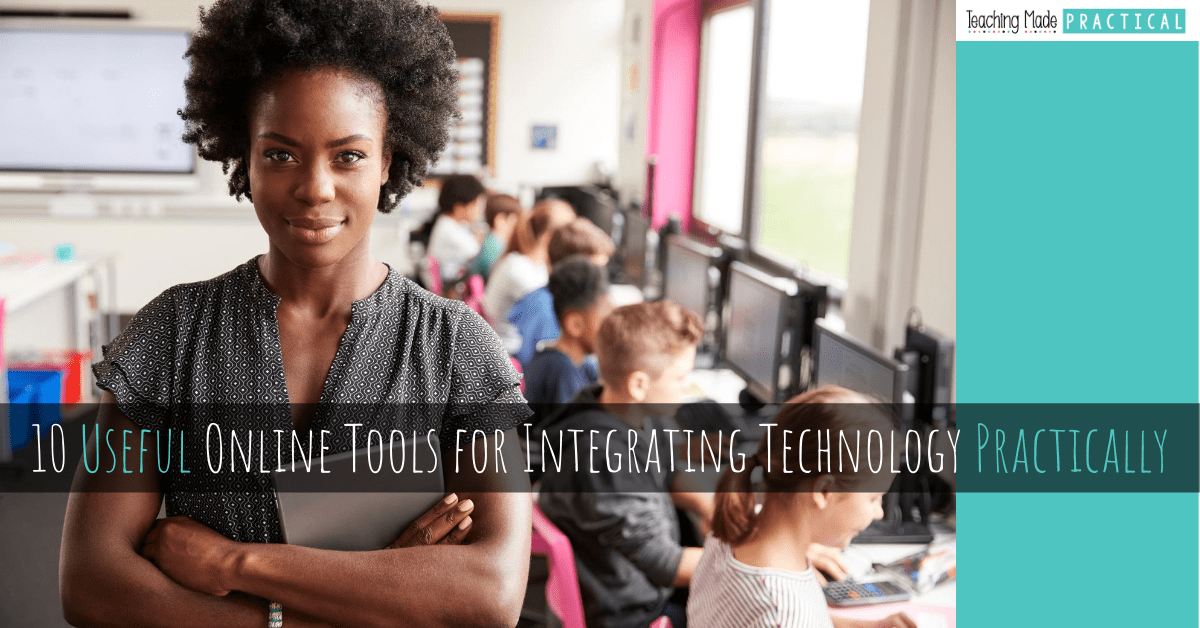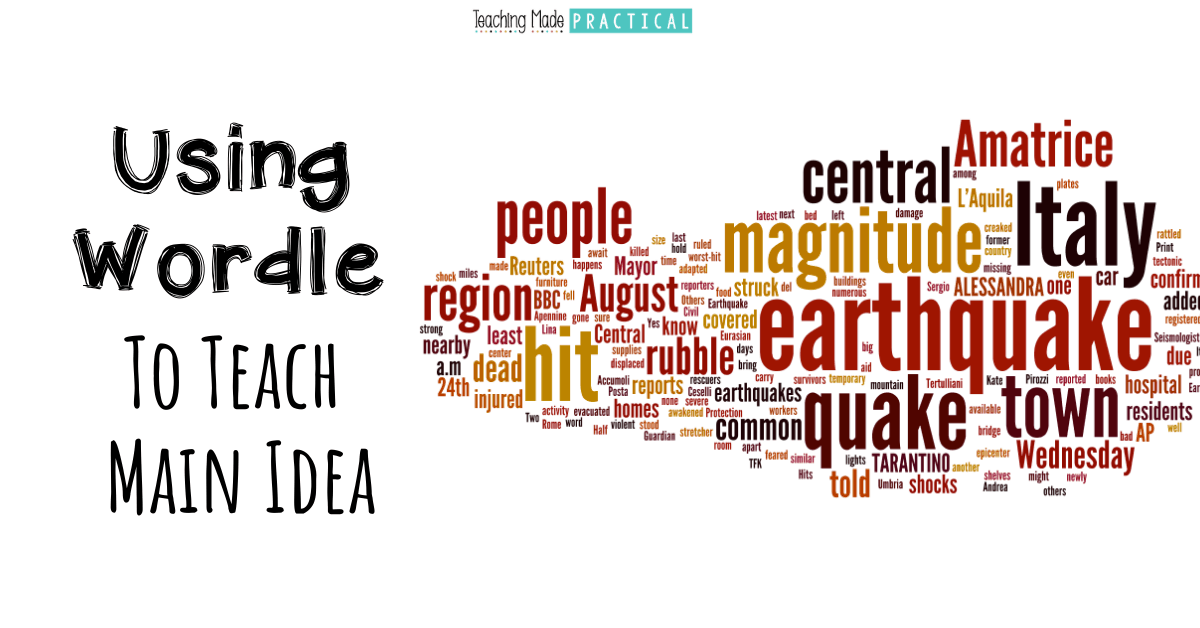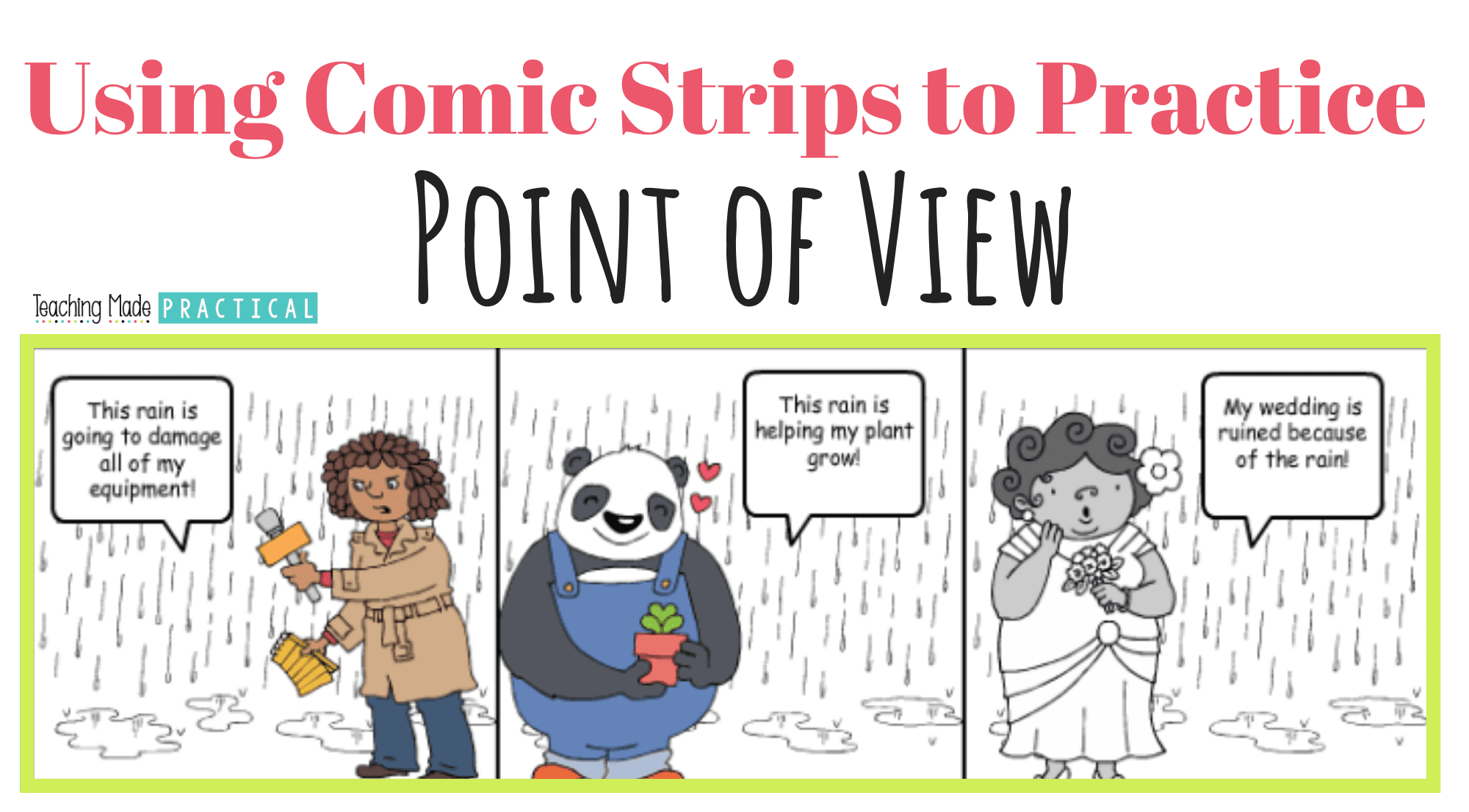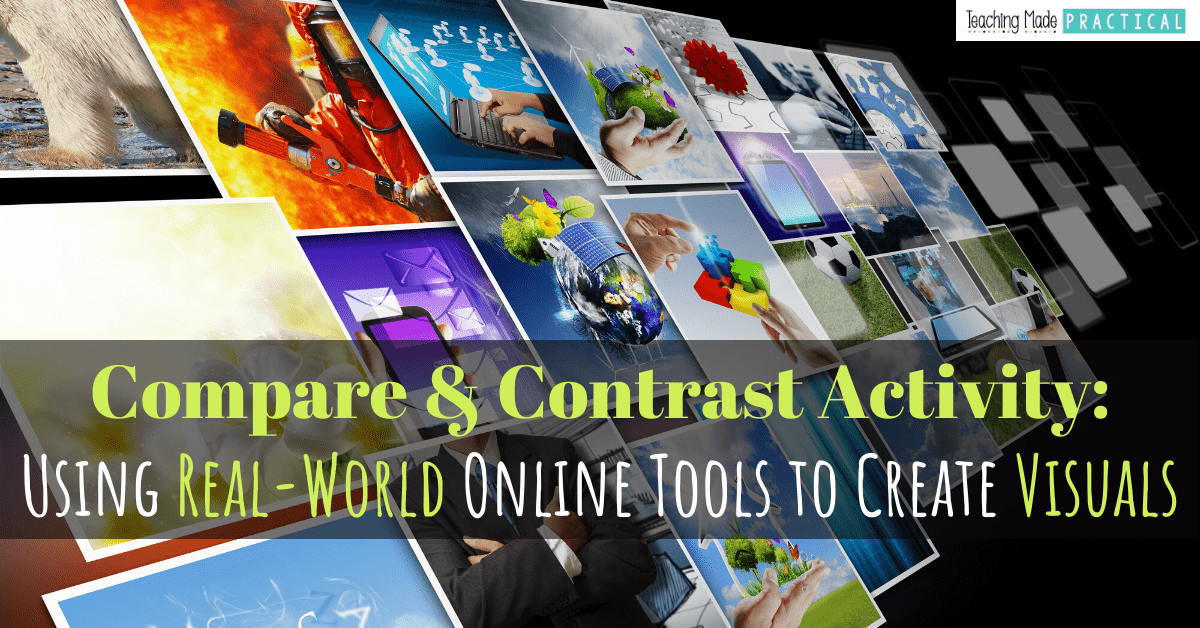As an upper elementary teacher, you know the importance of integrating technology into your lessons. Not only does it help prepare students for the 21st century job market, but it also makes your lessons more engaging to your 3rd grade, 4th grade, and 5th grade students.
Knowing the importance of technology integration and actually finding time in an already full schedule are two different things, however. Not only does technology integration require extra planning on the teacher's part, but it also usually requires teachers to use their already limited time on other content skills. Anything that requires passwords, typing, or software will take up extra time that teachers often don't have time to spare.
Below, find some practical ways to integrate technology into different content areas in your third grade, fourth grade, or fifth grade classroom. Some of these ideas are specific to certain skills, while other ideas can be adapted for all content areas.
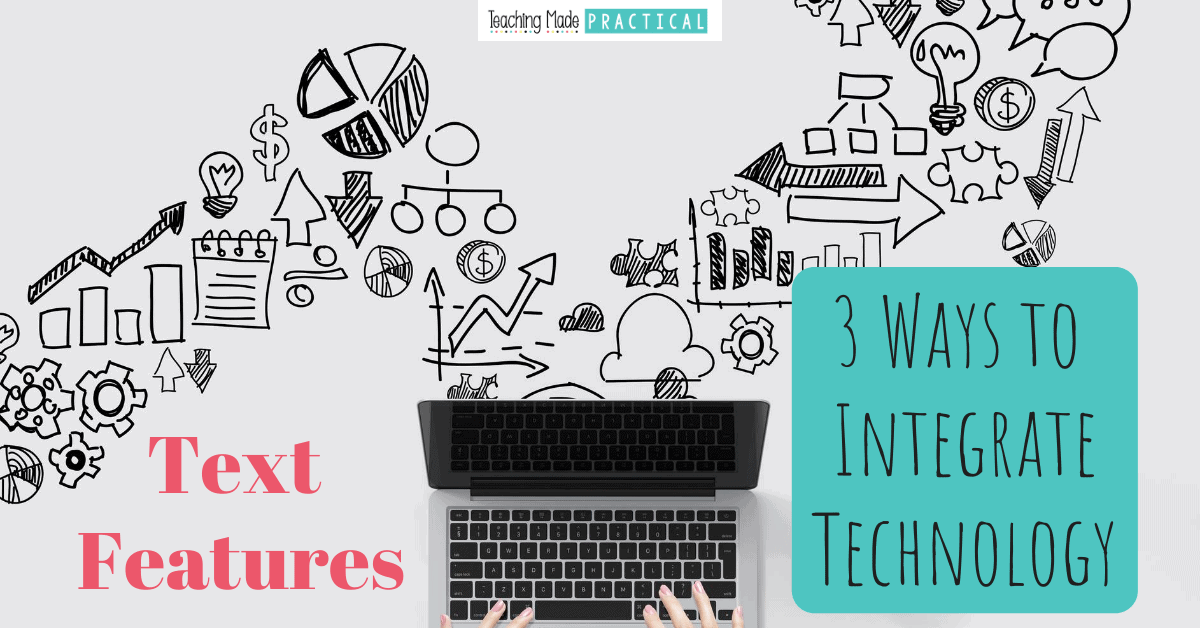
Technology is amazing and all, but when you have to find new ways to incorporate it, it can feel like a real burden. Let me take a load off with these 3 text features activities that all make great use of user-friendly technology!
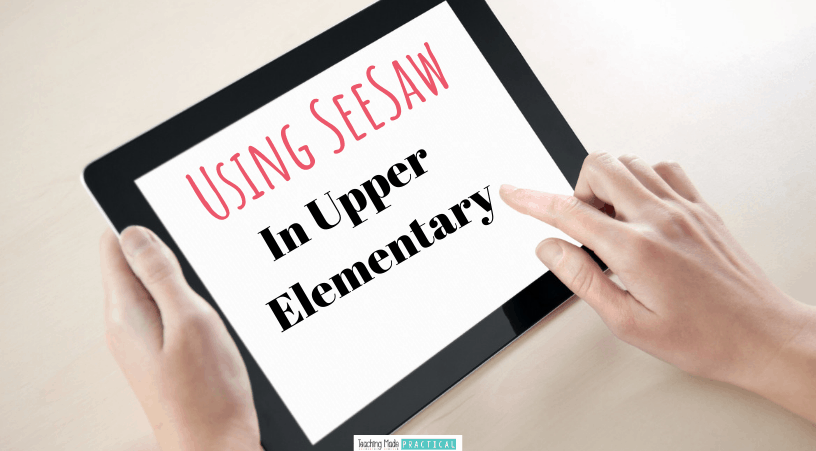
Find out how to get started on SeeSaw and use it as a helpful technology tool in your upper elementary classroom!
The Common Core standards recognize the importance of lessons that integrate technology while also teaching important content. Below are some of the 3rd grade, 4th grade, and 5th grade standards that you might be able to address using some of the activities and ideas above.
CCSS.ELA-LITERACY.W.3.6
With guidance and support from adults, use technology to produce and publish writing (using keyboarding skills) as well as to interact and collaborate with others.
CCSS.ELA-LITERACY.SL.3.2
Determine the main ideas and supporting details of a text read aloud or information presented in diverse media and formats, including visually, quantitatively, and orally.
CCSS.ELA-LITERACY.SL.3.5
Create engaging audio recordings of stories or poems that demonstrate fluid reading at an understandable pace; add visual displays when appropriate to emphasize or enhance certain facts or details.
CCSS.ELA-LITERACY.RI.4.7
Interpret information presented visually, orally, or quantitatively (e.g., in charts, graphs, diagrams, time lines, animations, or interactive elements on Web pages) and explain how the information contributes to an understanding of the text in which it appears.
CCSS.ELA-LITERACY.W.4.8
Recall relevant information from experiences or gather relevant information from print and digital sources; take notes and categorize information, and provide a list of sources.
CCSS.ELA-LITERACY.SL.4.2
Paraphrase portions of a text read aloud or information presented in diverse media and formats, including visually, quantitatively, and orally.
CCSS.ELA-LITERACY.L.4.4.C
Consult reference materials (e.g., dictionaries, glossaries, thesauruses), both print and digital, to find the pronunciation and determine or clarify the precise meaning of key words and phrases.
CCSS.ELA-LITERACY.W.5.2.A
Introduce a topic clearly, provide a general observation and focus, and group related information logically; include formatting (e.g., headings), illustrations, and multimedia when useful to aiding comprehension.
CCSS.ELA-LITERACY.SL.5.2
Summarize a written text read aloud or information presented in diverse media and formats, including visually, quantitatively, and orally.
Never Stress Over Sub Plans Again!
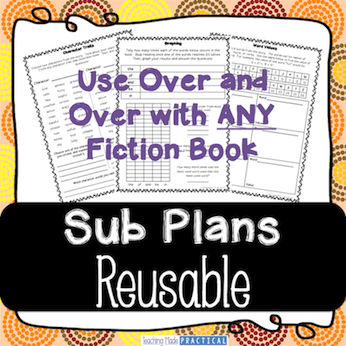
When you subscribe to my newsletter below, I’ll send you my Reusable Sub Plans for FREE. You’ll also get updates on new blog posts and freebies.

